I have a group of images and some separate heatmap data which (imperfectly) explains where subject of the image is. The heatmap data is in a numpy array with shape (224,224,3). I would like to generate bounding box data from this heatmap data.
The heatmaps are not always perfect, So I guess I'm wondering if anyone can think of an intelligent way to do this.
Here are some examples of what happens when I apply the heatmap data to the image:
I found a solution to this in matlab, but I have no idea how to read this code! I am a python programmer, unfortunately. https://github.com/metalbubble/CAM/tree/master/bboxgenerator
Anyone have any ideas about how to approach something like this?

